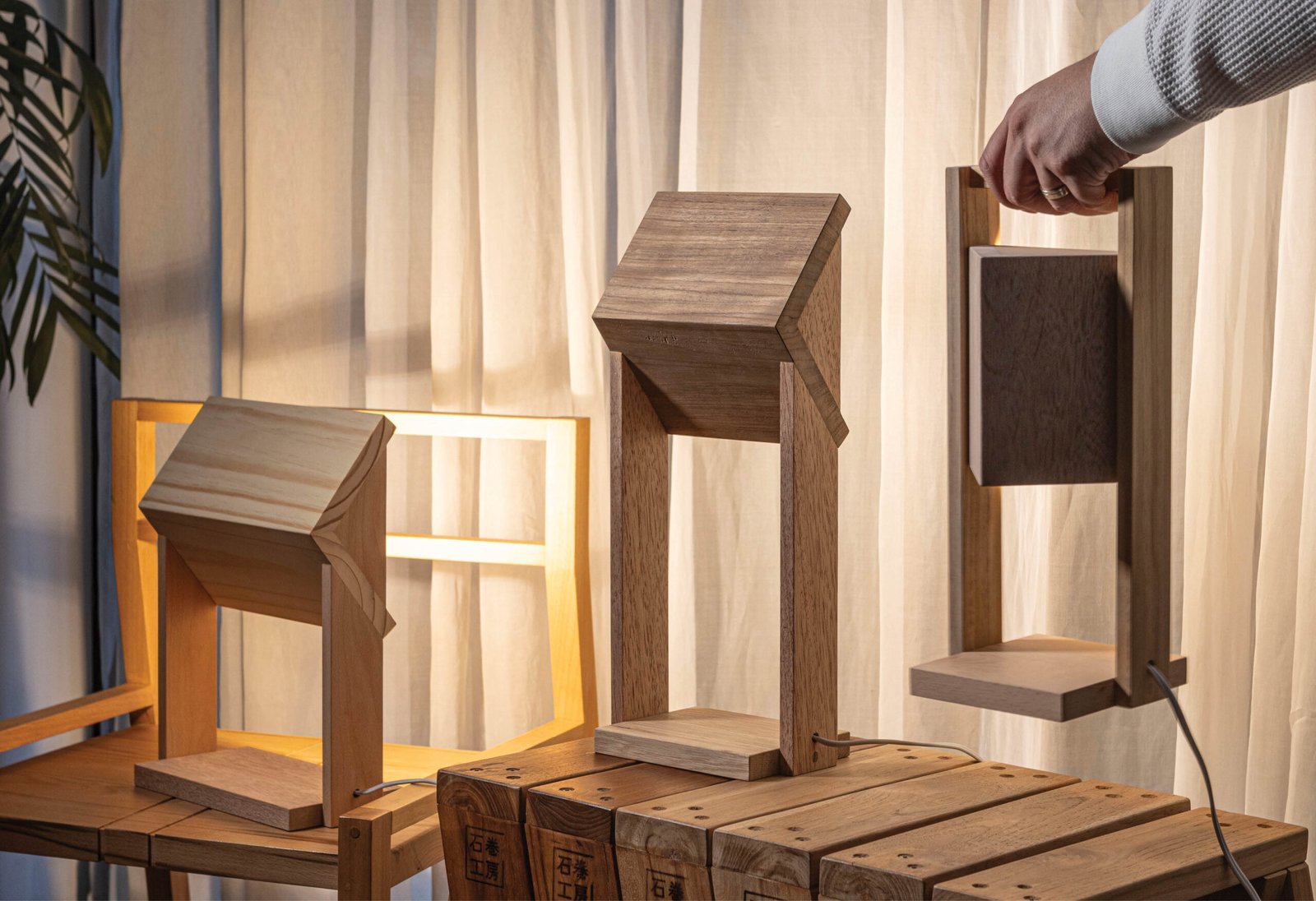Interview Patrick Kasingsing, with Gabbie De La Cruz
Images Selena Placino (With photography by Jar Concengco)
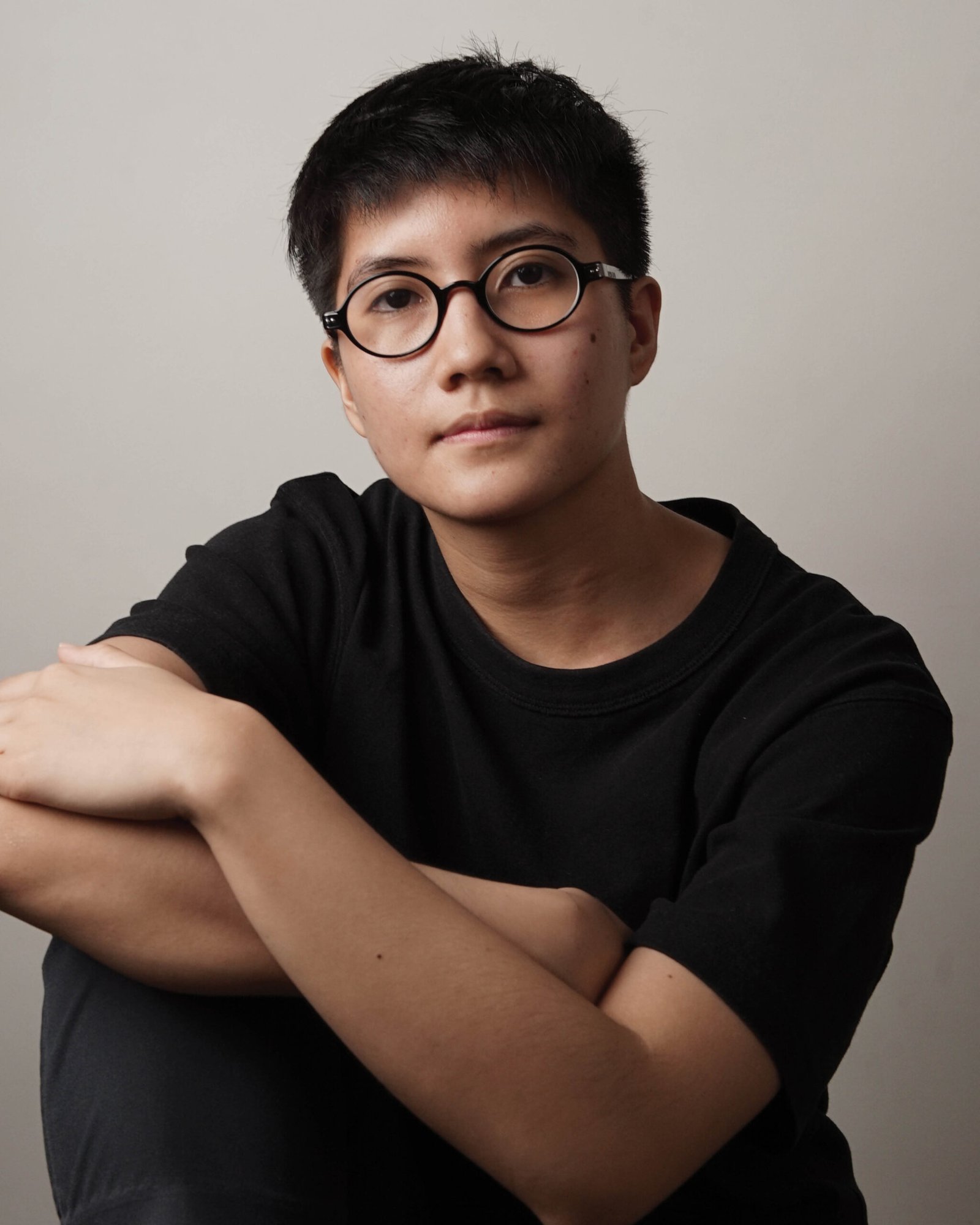

Hi Selena, welcome to Kanto! Let’s talk about your chosen venue, Magdamag Market Café. For our EMERGE series, I gave the same brief to the other designers: Take me somewhere in the city that gets your creative juices flowing, is special to your process, or perhaps a space that played witness to a good deal or collaboration. What does this place mean to you?
Selena Placino, industrial designer: Magdamag holds a special place in my design journey. It was the first café to use a lamp I designed as part of Senseware, a furniture brand where I am one of the principal designers. Upstairs, they have one of my pieces displayed, which is a milestone for me. It’s also a spot where I connect with other freelancers. I regularly meet illustrator Ross Du and architect-designer Arvic Alvarez here, along with other friends, and it has become a regular venue for brainstorming, sharing ideas, and collaborating. It’s crucial when you’re freelancing to find the spaces where creativity flows, and Magdamag is one of those places for me.
That sense of community must help combat the isolation freelancers often feel. Let’s rewind a bit now—what originally drew you to industrial design?
Placino: I’ve always been drawn to drawing and making things. It started with sketching objects and furniture. I then chanced upon this book at home about famous Filipino fathers and their professions, and in it, I discovered Kenneth Cobonpue, who had studied industrial design. It opened up a whole new world for me. I went on to study the field at the De La Salle College of Saint Benilde, where I realized I didn’t want to be boxed into one thing—whether packaging, furniture, or other design work; I wanted to dabble in all of it.
And talk about meeting your idols! You had the privilege of interning with Kenneth Cobonpue for seven months (2018-2019), which must have been invaluable. What did you get from that experience?
Placino: It was more than just about designing furniture. The internship taught me about the business side of design—manufacturing processes, managing a studio, and working with engineers. It was eye-opening to see how everything comes together beyond the creative aspects of the field. But even then, I knew I didn’t want to limit myself to just furniture design.
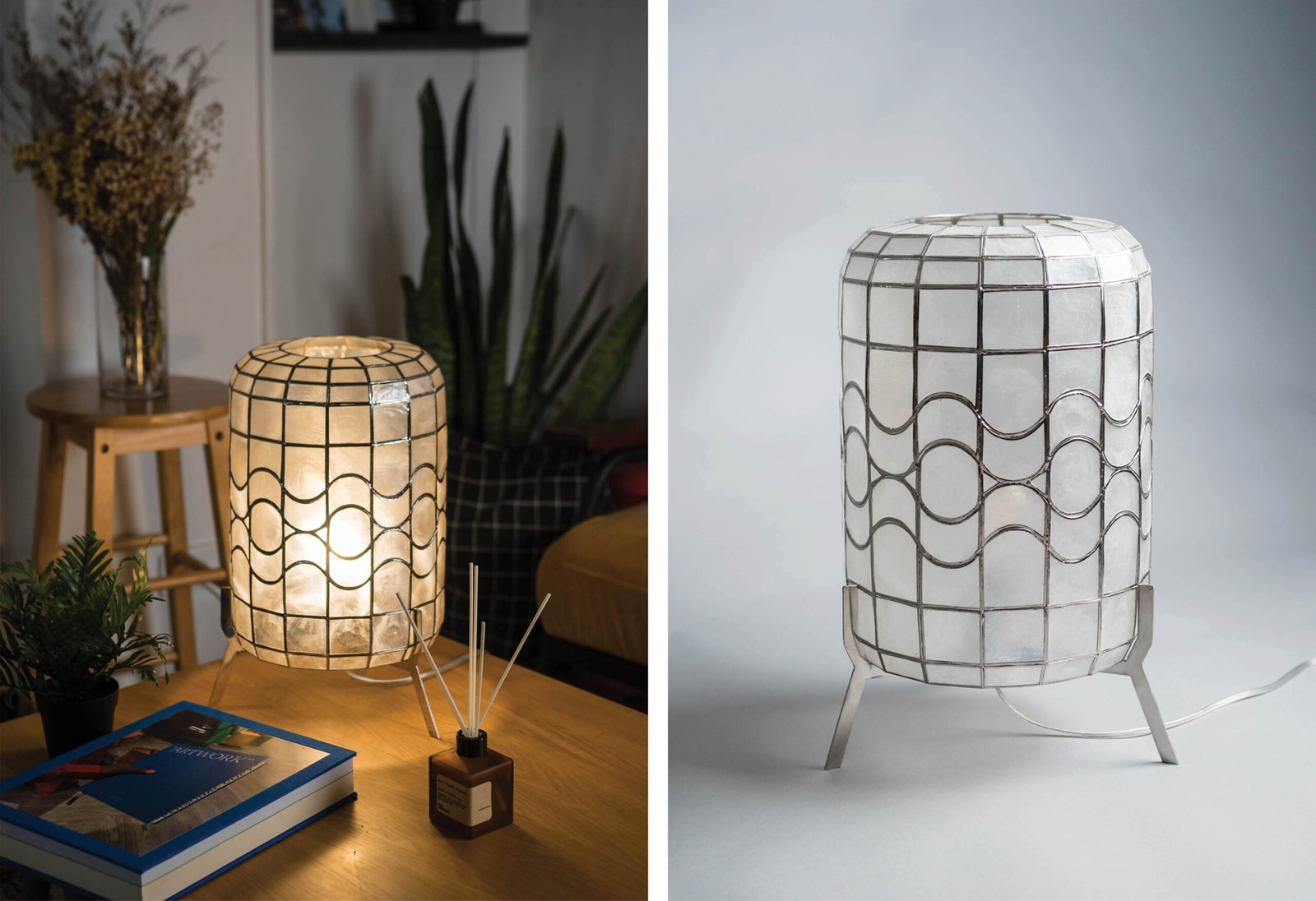

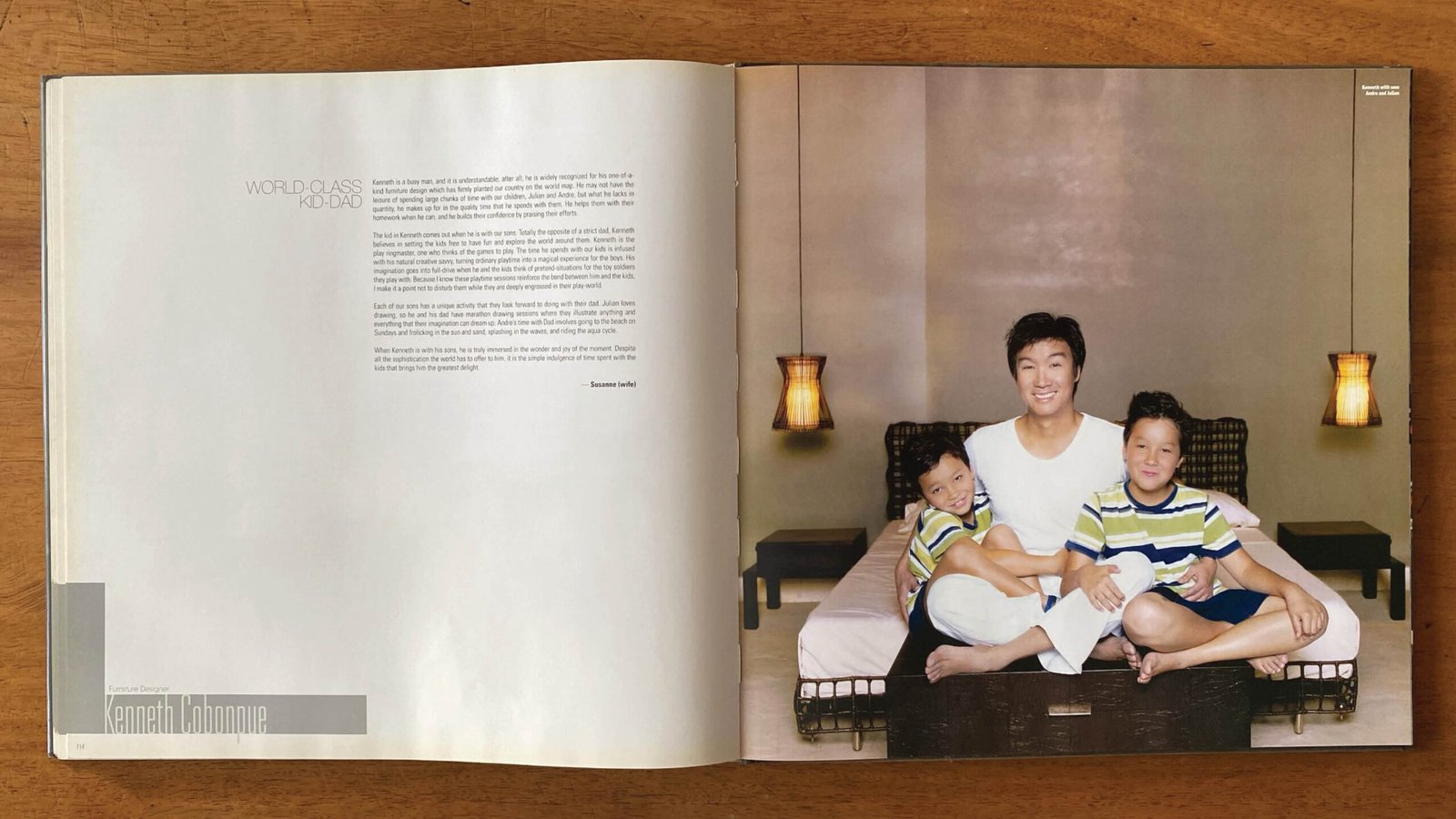

You’ve mentioned how Western designers like Benjamin Hubert of Layer and Yves Behar of Fuse Project, superstars in consumer tech, influenced your design direction. How did that shift your focus?
Placino: Social media played a big role. I followed a lot of Western designers on Instagram who were also giving shape to consumer technology, which was something I hadn’t explored before. It pushed me to think beyond furniture and to explore product design. That’s when I started moving into other areas, including design competitions, where I won Chicco’s “It’s Teething Time” challenge.
Let’s now talk about mentorship. Who has guided you on your design journey?
Placino: Industrial designer Gabby Lichauco has been instrumental to my growth. I wasn’t his student at Benilde, but I reached out to him out of admiration, and he’s become a mentor ever since. During the pandemic, I’d consult him on my designs, and his feedback really shaped my process. He also referred me to Suzy Annetta (Publisher and former editor-in-chief of Design Anthology) for the second edition of EMERGE @ FIND – Design Fair Asia in Singapore. Without that introduction, I might not have exhibited there. I felt at that point that it was an opportunity I did not deserve, but Gabby quickly got me out of that thinking!
Imposter syndrome rears its ugly head! So, how do you deal with that, especially when given opportunities like EMERGE?
Placino: Imposter syndrome is real! In the case of EMERGE, when Gabby recommended me for selection, I questioned whether I deserved it. But I had to remind myself that Suzy reviewed my portfolio and could’ve said no, but she didn’t. It’s a rare opportunity, and I’m proud to showcase my work alongside some of the best in the region. It’s even better that I get to share the stage with my friends Jasser [Aguila], Chini [Lichangco], and Ed [Sibunga] of e/lou as well!





You’ve had some major wins early in your career—national runner-up in the James Dyson Award 2018 for your thesis Beacon, the aforementioned Chicco challenge, and your EMERGE 2023 offering: Taho bench. After all these achievements and exposures, do you feel you’ve found a design language or philosophy?
Placino: My design philosophy revolves around practicality, sustainability, and cultural familiarity. The Taho bench is a good example—it’s a nod to an everyday sight but transformed into something functional. At the same time, I don’t like to box myself in. I think design is constantly evolving, and I prefer to approach each project case by case. It’s about asking the right questions and figuring out what problem needs solving. So I guess you could say my aim is to be conversant in multiple design languages.
Speaking of cultural familiarity, how do you avoid falling into the trap of overused tropes or clichés in design, particularly in the case of Taho bench, which went on to represent The Philippines at an international furniture show?
Placino: It’s a fine line. When my Taho (Filipino street food made of silken tofu with pearls and brown sugar syrup) Bench went viral, someone accused me of “gentrifying” the livelihood of taho vendors. That was never my intention—it was about celebrating and preserving this cultural staple. But it made me overthink the implications of my work. I’ve been exploring tricycles recently, and I had the same worry. A friend reassured me that I’m not impacting their livelihood negatively but rather promoting and appreciating everyday Filipino life through design. It’s tricky to balance respect and creativity, but it’s always in my mind.


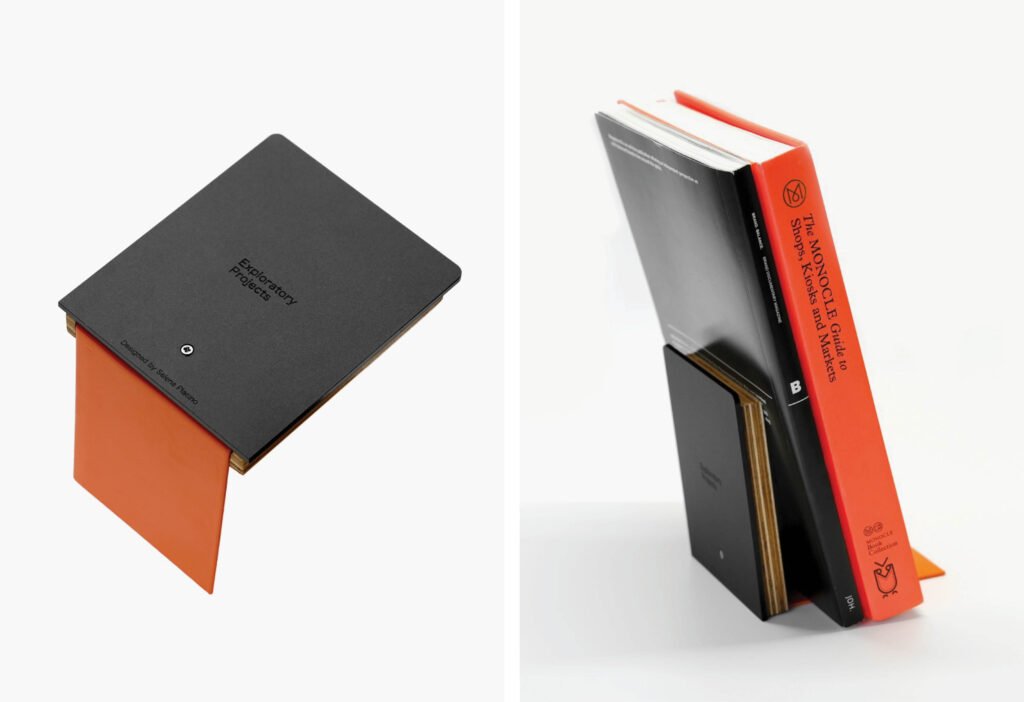

Let’s talk about the Taho bench a little more, as it has arguably become your signature product. What inspired its concept?
Placino: Taho vendors have always fascinated me because of how they sell their goods. They balance two heavy metal canisters suspended on each end of a yoke, each neatly divided to hold the ingredients for their sweet treat. Every day, they carry these weighty canisters with remarkable endurance. I once tried reimagining their canisters to make them more ergonomic for the vendors, but it didn’t pan out. Later, I thought, what if instead of redesigning the canisters, I created something that facilitated rest after a hard day’s toil? What if the yoke they carry doubled as a seat? Thus, the form of a portable bench supported by the taho canisters was born.
While the design hasn’t reached the actual vendors themselves, I hope to make that connection one day.
Congratulations, as you’ll be making a repeat appearance for EMERGE 2024. For your furniture offering this year, you’re working with wood furniture brand Lamana and its offcuts. Can you tell us a little more about this collaboration and what we can expect at the show?
Placino: The theme for EMERGE 2024 is “These Precious Things,” which challenges us to think about overproduction and waste. I decided to work with Lamana’s wood offcuts, taking a more organic approach. This time, the form of the design is dictated by the available material and finishes, and the outcome is the Rebound lighting series. The lights reflect off the walls, almost as if the form is bouncing light. It ties into the concept of giving new life to materials people usually discard. I have created three iterations of essentially the same form: a right-angled wooden hood that houses the lighting fixture, suspended between two wooden legs.
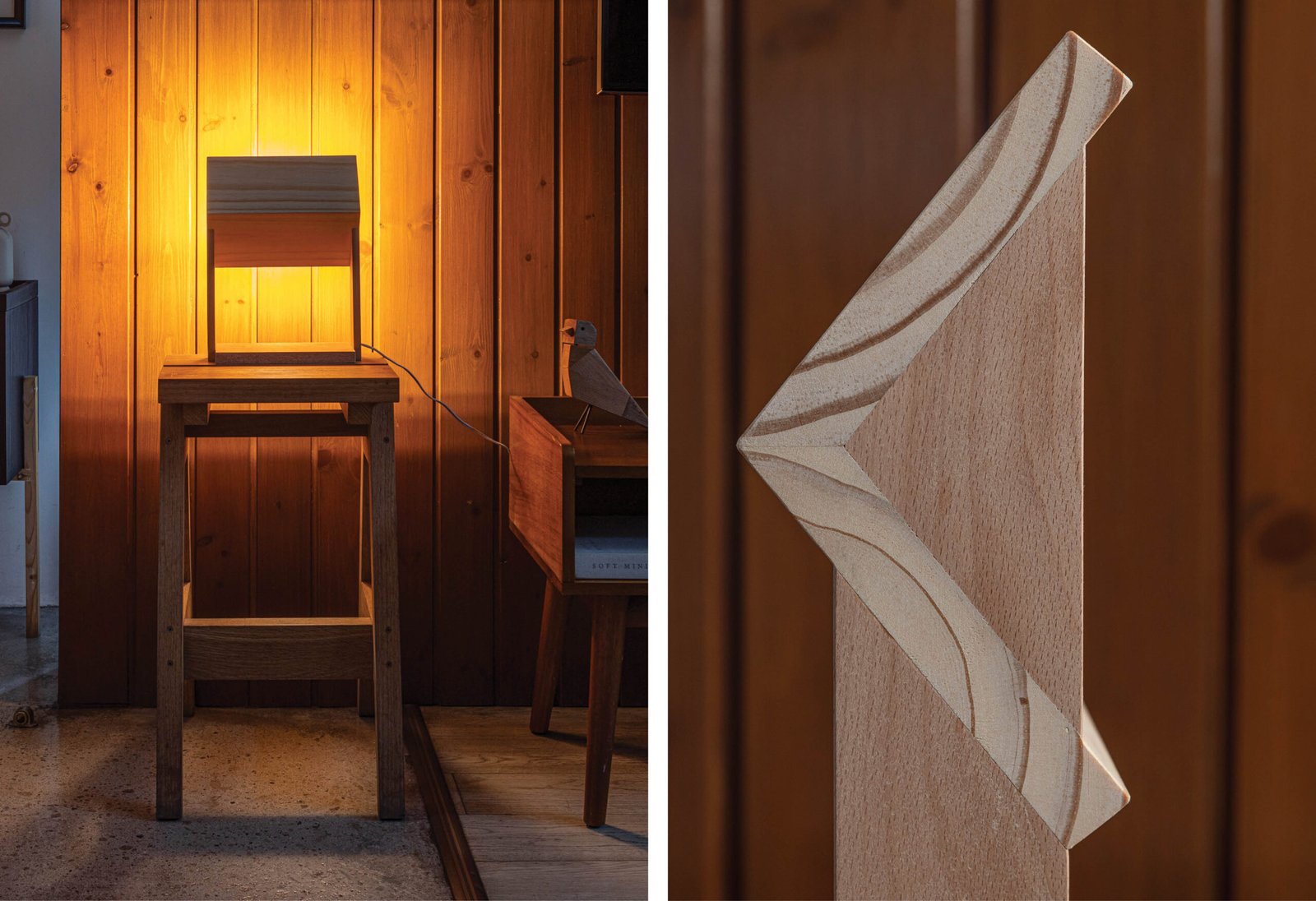

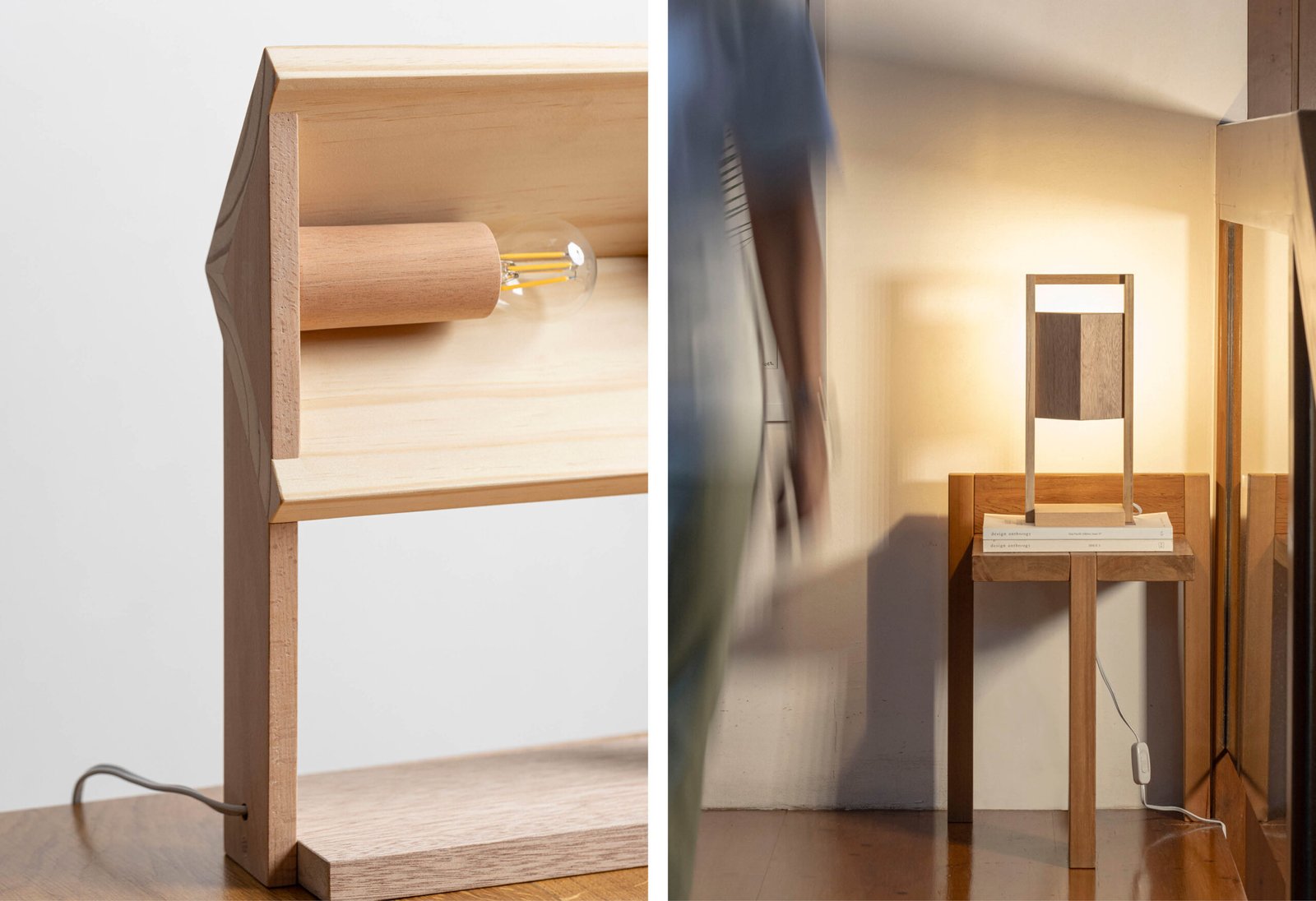

Wishing you all the best in Singapore come September 26 to 28!
Let’s go macro now. How would you describe the industrial design landscape in the Philippines today?
Placino: Industrial design is still a small field here. There aren’t many opportunities, which is why only a handful of my college classmates pursued it professionally. We’re also a craft-based country, which makes it harder to secure mass manufacturing projects. But what gives me hope is that brands are beginning to recognize the value of industrial designers, even in areas like cosmetics. Slowly, people are seeing that design is more than just aesthetics—it’s really problem-solving.
Like design in general, there’s still a lot of murkiness about the general public’s understanding of industrial design. Any other misconceptions or inaccuracies regarding the field you wish to address? Are you hopeful for the future of industrial design as a specialty in the Philippines?
Placino: People often ask if industrial design is like industrial engineering. I always explain that we design objects—furniture, packaging, consumer goods—and that it’s about creating solutions through design. One other thing is that we don’t just design physical objects but also “design” the user experience that comes with interacting with the products we work on.
As for your second question, yes, there is still a lot to be hopeful about. For one, local brands are now starting to realize that the person they need for certain scopes is actually an industrial designer. There is now greater emphasis and consideration on user experience, aesthetic value, and longevity in our products and that can only mean more working opportunities for industrial designers like myself.
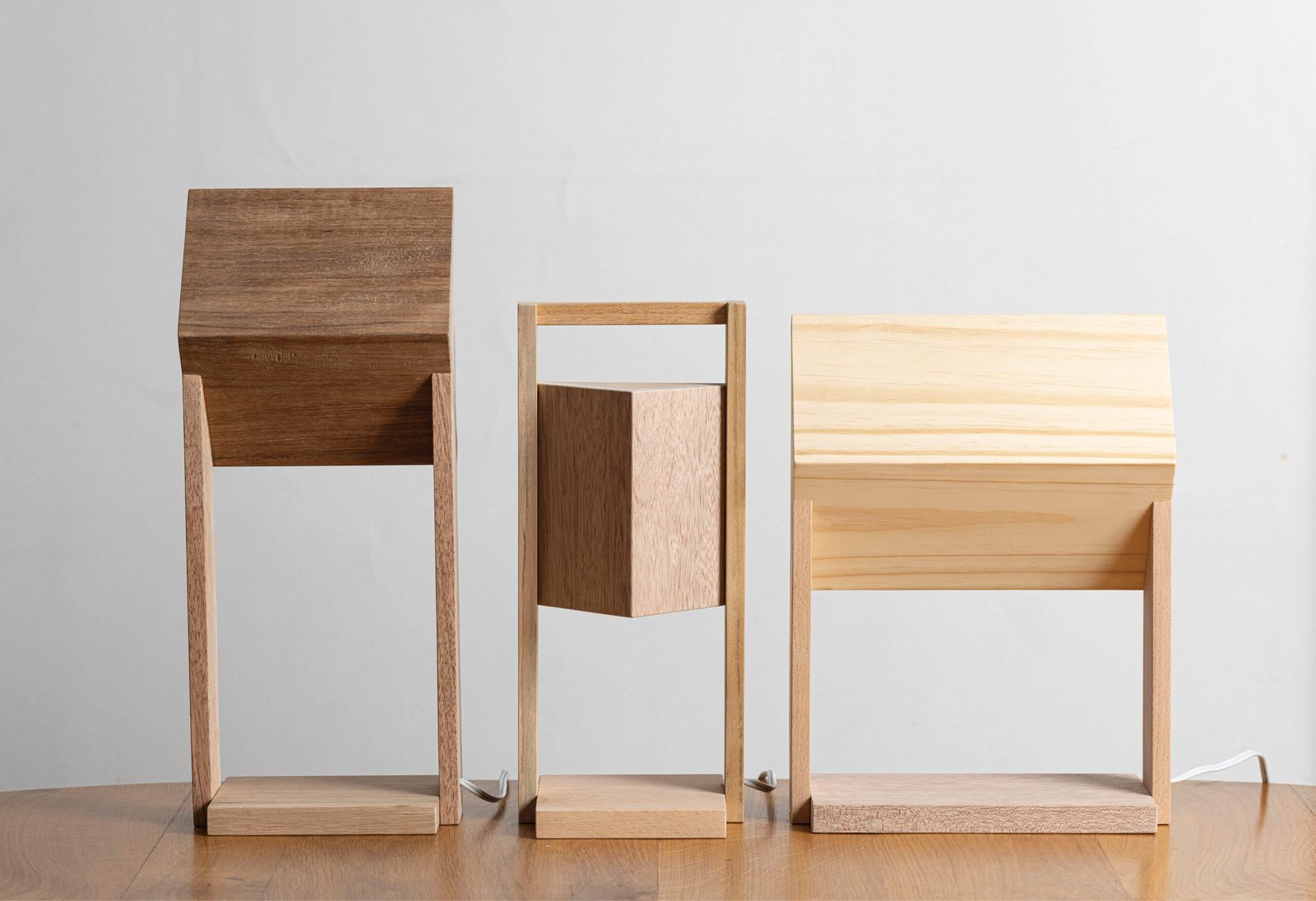

Selena, you have now had the chance to work with several different brands, from Senseware to Lamana and Exploratory Projects (formerly UNFSD Studio). How does one maintain a design identity or leave a mark across these collaborations?
Placino: It’s always a balance between meeting the client’s brief and bringing something of myself to the table. I believe that my ideas and, by extension, my design already reflect who I am, so even if the end product aligns with the brand guidelines, a part of me is still in there. That’s especially true when I come up with fresh, outsider perspectives that push the boundaries of what’s been done before within a brand.
Still on the topic of collaborations, who is your dream collaborator, and what would you create with them?
Placino: I could name many designers and brands that I’d love to work with. But if I could pick two —it’s nearly impossible to choose just one — they would be Miguel Milà, who recently passed away, and Oki Sato of nendo.
I learned about Miguel Milà only a few months before his passing. I admire how well thought out every detail of his designs is, from the form and material to the user experience and practicality, resulting in timeless creations. My Rebound lighting series for Lamana originally came in just two sizes, but I added the Carry version while finalizing the designs because I was deeply inspired by his Cesta and Cestita lamps at that time.
Second is Oki Sato of nendo. Working for his studio has always been a dream of mine. Their studio gets to design all kinds of projects, and they have a multidisciplinary practice. Their creations are simple, practical, and appeal to people’s emotions.
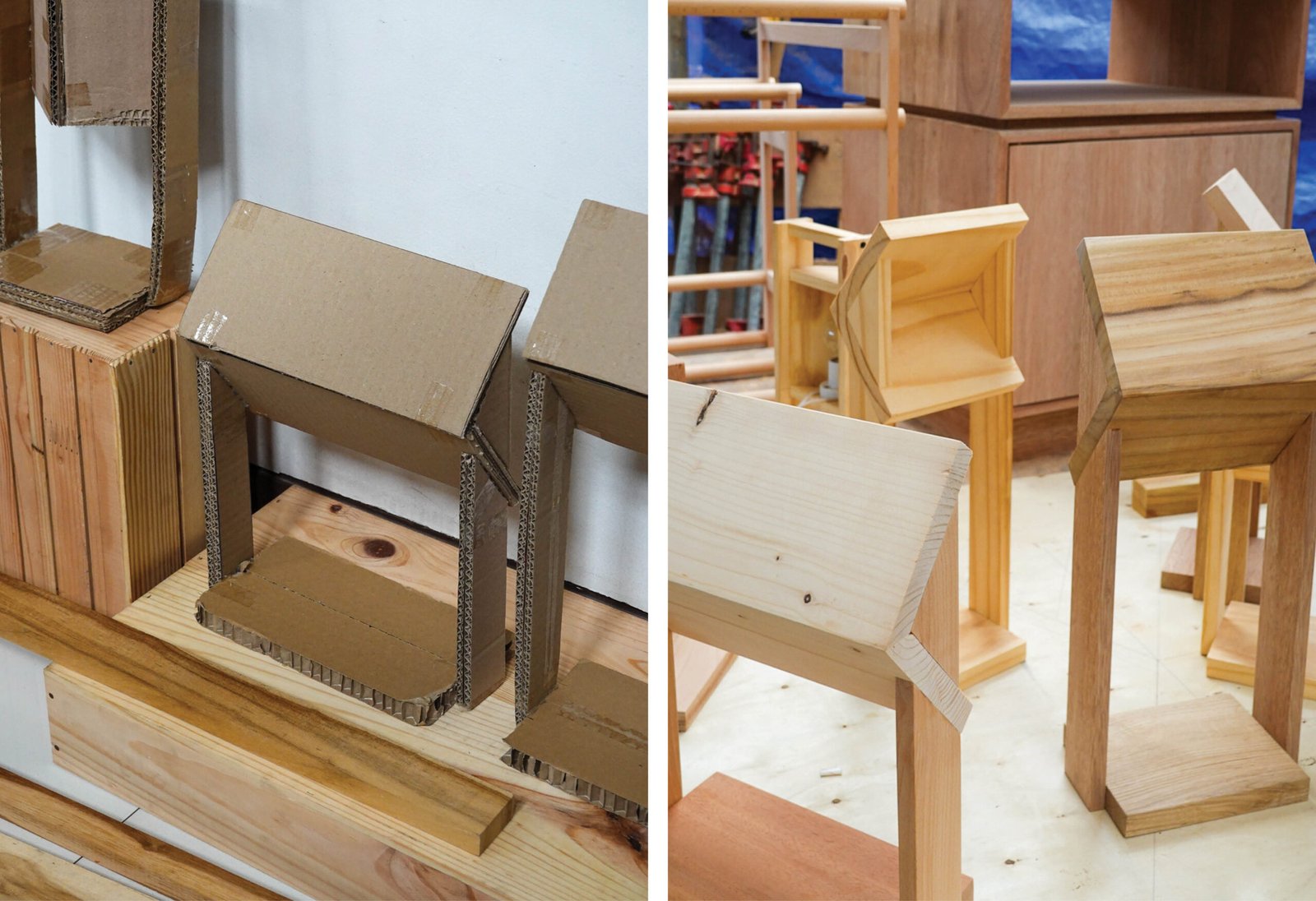
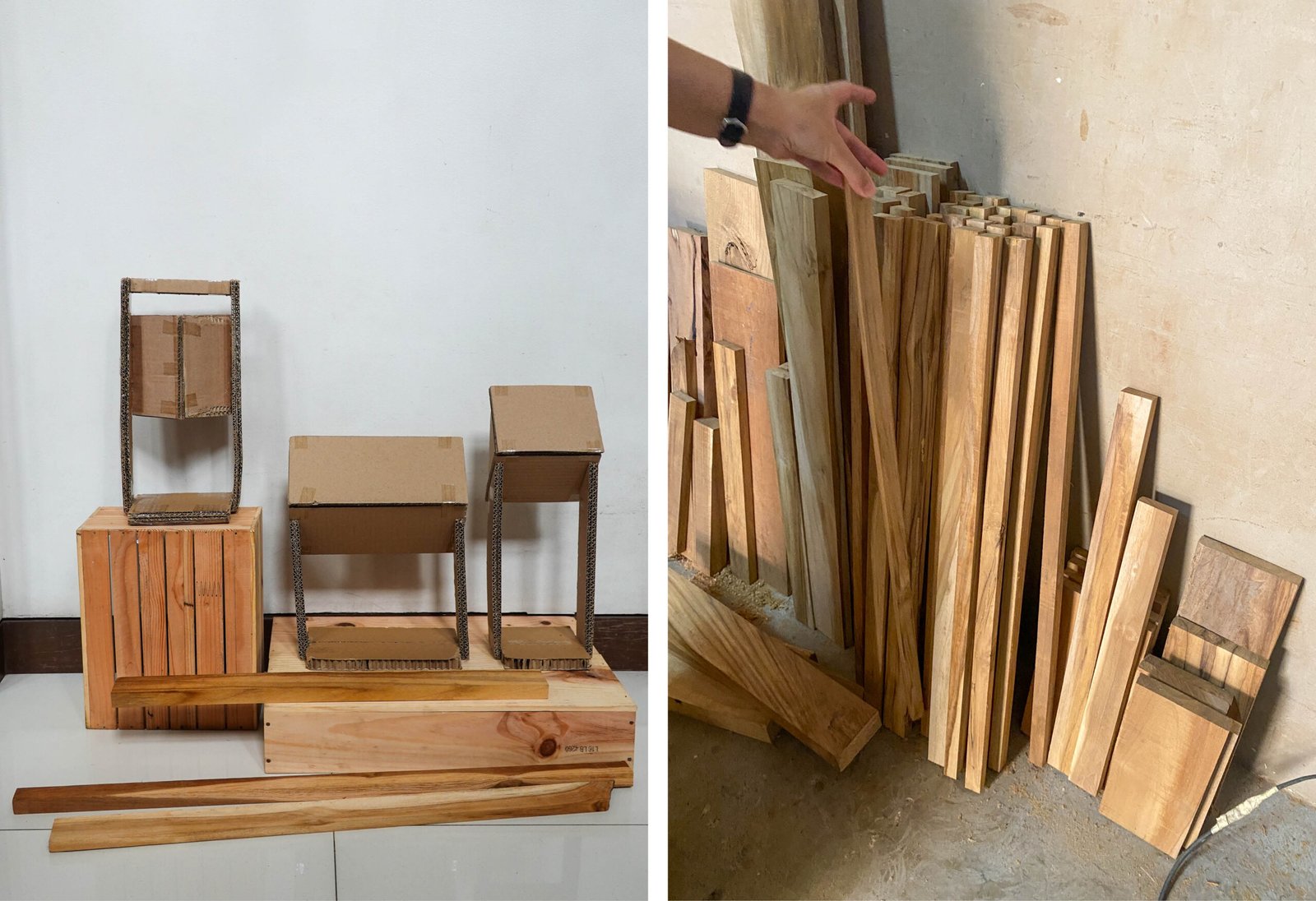
What does Selena Placino find beautiful, and should all designed objects aspire to beauty?
Placino: Beauty, for me, is simplicity that solves a problem. One of my favorite designs is nendo’s square glue stick—it’s a small tweak, but it solves the issue of rolling glue sticks. Not everything has to be beautiful in the traditional sense, but it should be thoughtful.
Now, for the most difficult question of all: what do you do in your free time?
Placino: Haha! That is indeed hard, as I’ve been quite busy lately! I’m training for a Spartan race right now, so I spend a lot of time working out! I also hang out with my godson and like working in coffee shops. When there aren’t any projects, I seek out design contests or competitions to keep myself busy. •
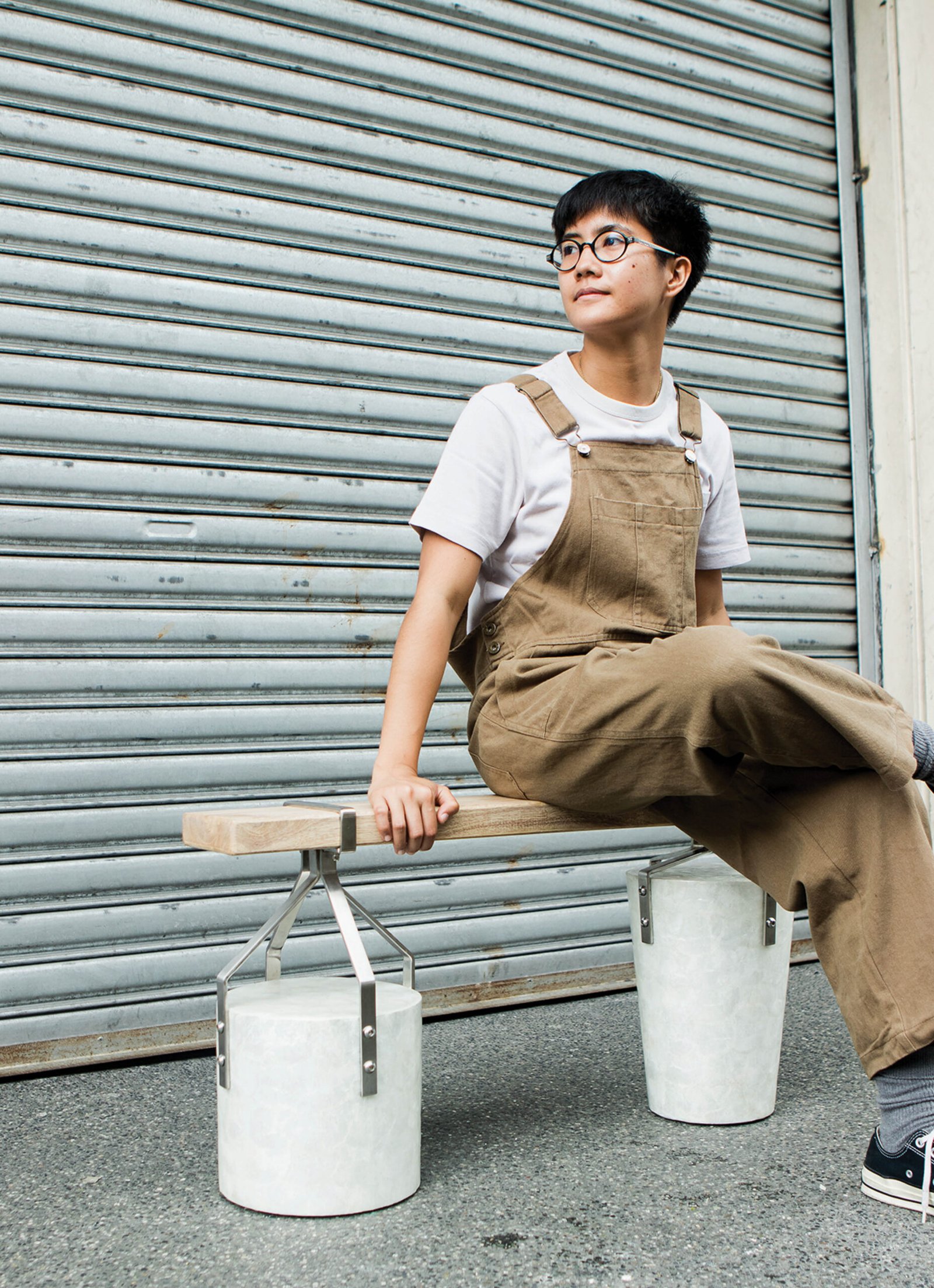

EMERGE 2024 will be at Singapore Design Week’s FIND Design Fair Asia, happening from September 26 to 28 at the Marina Bay Sands Expo and Convention Centre.
